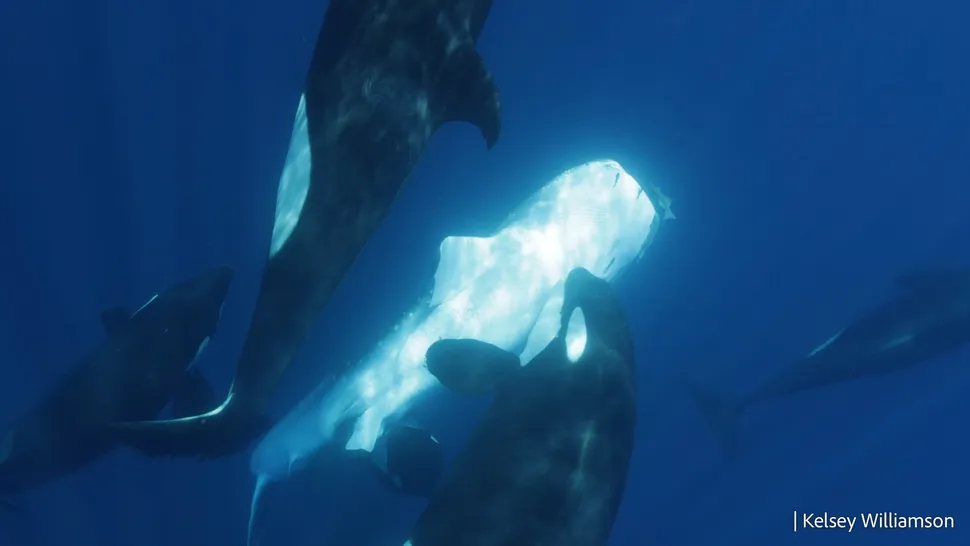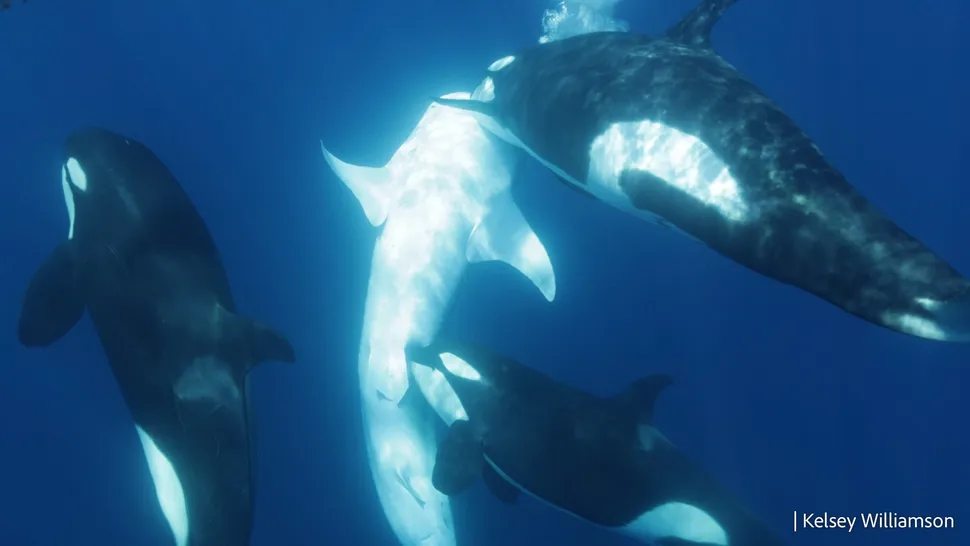A gang of orcas off the coast of Mexico have learned how to hunt whale sharks — the world’s largest shark species — and their tactics are brutal.
One male individual was present at the majority of these hunting events, researchers say, suggesting he may be driving this predatory behavior.
“The animals have shown us over and over again that they are extremely good at developing highly specialized strategies to target specific prey,” Volker Deecke, a professor of wildlife conservation at the University of Cumbria in the U.K., told Live Science in an email. “This is a fascinating behaviour.” Deecke specializes in marine mammal biology but was not involved in the new study.
Whale sharks (Rhincodon typus) are the largest fish in the sea, weighing up to 40 tons (36 metric tons) and usually growing up to 40 feet (12 meters) long, according to the National Ocean Service. The largest of these ocean giants can reach lengths of over 60 feet (18 m) — about as long as a bowling lane.
In comparison, orcas (Orcinus orca), also known as killer whales, rarely surpass 32 feet (10 m), according to the National Oceanic and Atmospheric Administration (NOAA) Fisheries. However, researchers have discovered that these formidable predators have developed strategies to take down the marine mammoths. The findings were published Nov. 29 in the journal Frontiers in Marine Science.
The researchers characterized this new hunting behavior by analyzing photos and video footage from the southern Gulf of California, taken between 2018 and 2024. They observed four such hunting events in total.
An orca hits the under side of a small whale shark, which has been flipped upside down for easier predation

The orcas started by hitting the whale sharks at high speeds, in order to stun them and turn them upside down. In this position, the sharks were unable to move or escape into deeper water, study co-author Jesús Erick Higuera Rivas, a marine biologist at non-profit research organization Conexiones Terramar, said in a statement.
The orcas then attacked the whale sharks’ pelvic area, causing them to bleed out and giving the orcas access to the sharks’ nutrient-dense livers.
The researchers didn’t actually see the orcas eating their livers, but the organ is known to be a favorite delicacy among orca pods elsewhere.
In three of the four recorded events, a large male adult orca called Moctezuma engaged in the group hunt. The fourth event was orchestrated by females that had previously been spotted with Moctezuma, suggesting he may have been teaching these tactics to other members of the pod. However, this theory has yet to be confirmed.
It is also unclear whether this is a new behavior or if it has been going on for years without detection. “More likely the increase in human activity (and availability of affordable waterproof cameras) has meant that a rare behaviour that has been present for some time is more likely to be detected (and recorded),” Deecke said.
“Studies across the globe have shown that individual killer whale groups and populations specialize on a few prey types that they hunt using very specialized hunting techniques. The fact the animals in the Gulf of California have evolved a strategy to attack and consume whale sharks is therefore not that surprising, but fascinating nonetheless.”
This article by Pandora Dewan was first published by Live Science on 29 November 2024. Lead Image: The orcas target the whale sharks’ pelvic area, causing them to bleed out and giving the orcas access to the sharks’ nutrient-rich livers. (Image credit: Kelsey Williamson).
What you can do
Help to save wildlife by donating as little as $1 – It only takes a minute.







Leave a Reply